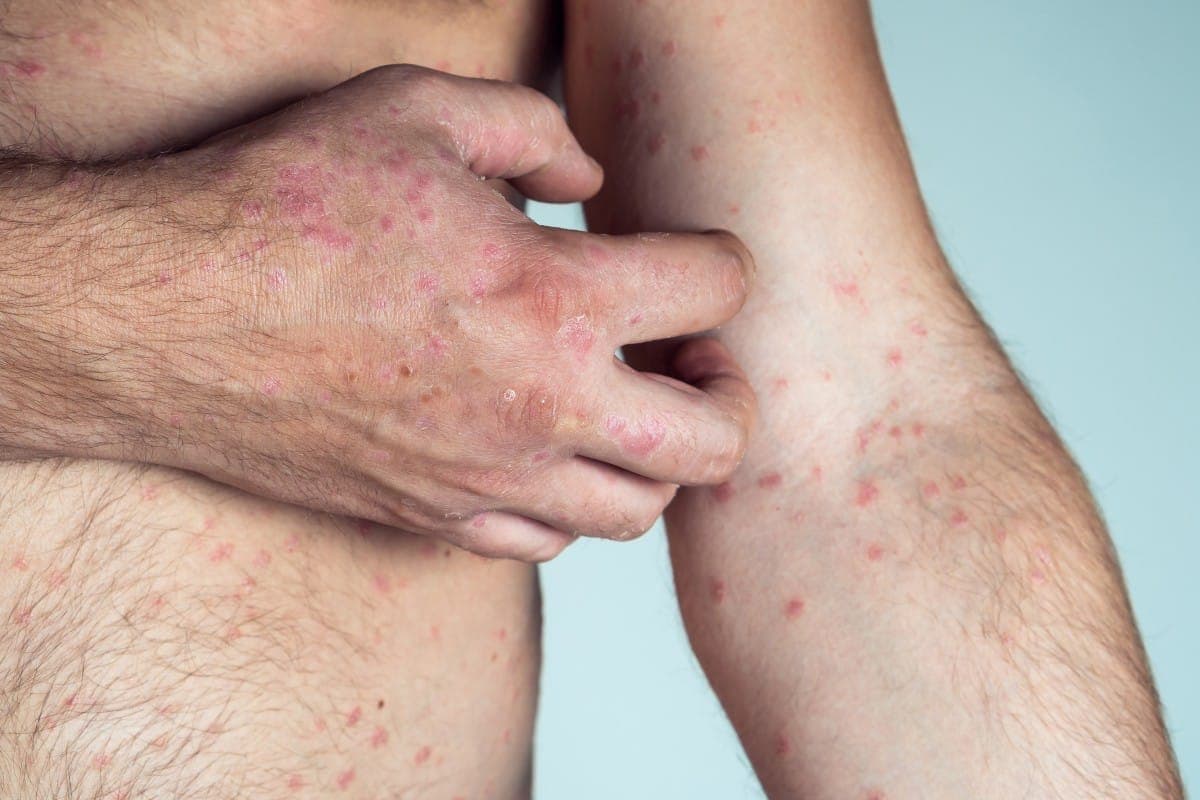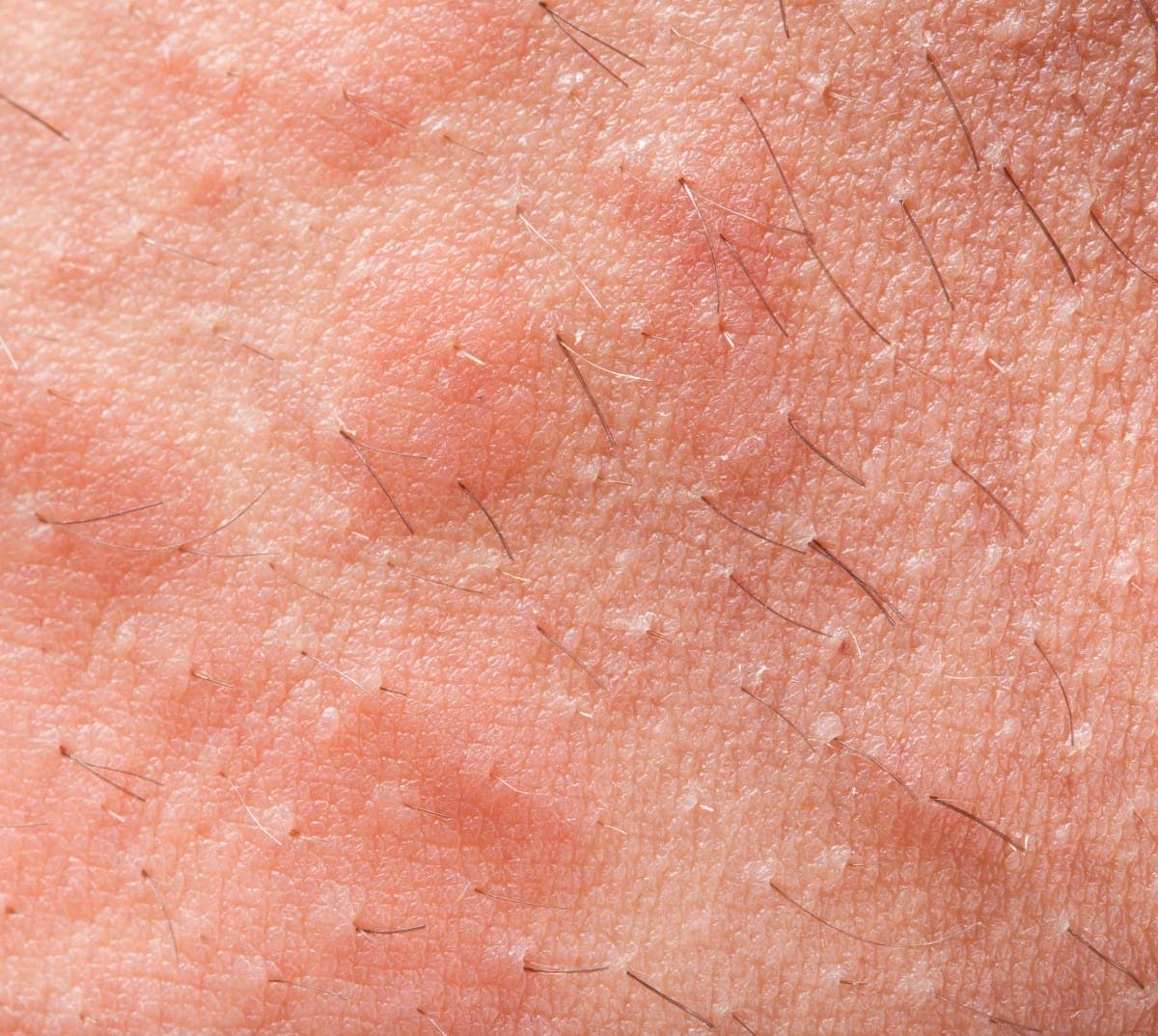Skincare
Contact Urticaria and Skin Allergic Reactions: Recognizing and Managing
Contact urticaria is a type of skin reaction that occurs when the skin meets an allergen or irritant. Unlike delayed allergic reactions, which can take hours or days to manifest, contact urticaria appears within minutes to an hour of exposure. It is characterized by red, itchy welts or hives on the skin, which can be both uncomfortable and unsightly. These welts can vary in size and may merge to form larger areas of swelling.
There are various triggers for contact urticaria. Common allergens include certain foods, plants, animal products, and chemicals found in personal care products. For instance, proteins in raw foods like fish or fruits can cause immediate skin reactions in sensitive individuals. Additionally, latex is a well-known trigger, especially for healthcare workers or individuals who frequently use latex gloves.
Not Everything is an Allergy
Not all skin reactions are caused by allergens. Irritant contact dermatitis, for example, results from exposure to substances that physically damage the skin. Common irritants include soaps, detergents, and solvents. Unlike allergic reactions, irritant contact dermatitis can affect anyone if the exposure is strong or prolonged enough. Symptoms include redness, dryness, and cracking of the skin, which can be painful.
Eczema, also known as atopic dermatitis, is another common skin condition that can be exacerbated by allergens. Eczema causes dry, itchy patches on the skin that can become inflamed and cracked. It is often associated with other allergic conditions such as asthma and hay fever. While eczema can be triggered by environmental factors, it is also influenced by genetic predisposition.
Recognizing the symptoms of these skin conditions is crucial for effective management. For contact urticaria, the primary symptom is the rapid onset of hives at the site of contact. These hives are usually itchy and may cause a burning or stinging sensation. In severe cases, there can be swelling of deeper layers of the skin, a condition known as angioedema. Angioedema can cause significant discomfort and may involve the lips, eyes, and throat, leading to difficulty breathing in extreme cases.
Managing Skin Reactions
Managing contact urticaria and other skin reactions often involves identifying and avoiding the trigger. For immediate relief, antihistamines can be effective in reducing itching and swelling. Topical corticosteroids may also be prescribed to reduce inflammation. In cases where the allergen cannot be completely avoided, wearing protective clothing or using barrier creams can help minimize skin contact.
Home remedies can also provide some relief for mild skin reactions. Applying cool compresses to the affected area can help reduce itching and swelling. Moisturizers are essential for managing eczema and preventing flare-ups. Choosing fragrance-free and hypoallergenic products can reduce the risk of irritation and allergic reactions. Additionally, keeping the skin clean and avoiding scratching can prevent infections and further damage.




It’s important to seek medical help if skin reactions are severe, persistent, or accompanied by other symptoms. For example, if contact urticaria is associated with difficulty breathing, swelling of the lips or tongue, or a feeling of tightness in the throat, it could indicate anaphylaxis, a life-threatening allergic reaction. Anaphylaxis requires immediate medical attention and the administration of epinephrine. According to the American College of Allergy, Asthma, and Immunology, an estimated 1.6% of the U.S. population is at risk for anaphylaxis from food allergens alone.
Other signs that warrant medical evaluation include extensive skin involvement, signs of infection such as pus or increasing redness and warmth, and symptoms that do not improve with over-the-counter treatments. A healthcare provider can perform tests to identify specific allergens and recommend appropriate treatments. In some cases, referral to a dermatologist or allergist may be necessary for specialized care.
Prevention is Key
Preventing skin allergic reactions involves a combination of avoidance strategies and proactive skincare. For individuals with known allergies, reading labels and being aware of potential allergens in products is essential. Many personal care items and household products now come with clear labeling to help consumers identify safe options. For those with eczema or sensitive skin, maintaining a consistent skincare routine with gentle, moisturizing products can help maintain the skin barrier and reduce the risk of reactions.
For children, managing skin allergies can be particularly challenging as they may not always be able to communicate their symptoms effectively. Parents should be vigilant for signs of skin reactions and work closely with healthcare providers to develop an appropriate management plan. This may include identifying and avoiding triggers, using medications as prescribed, and implementing daily skincare routines that keep the skin hydrated and protected.
In workplaces where exposure to allergens or irritants is common, employers should take steps to minimize risks for their employees. Providing protective equipment, such as gloves and barrier creams, and ensuring proper ventilation can reduce the incidence of work-related skin reactions. Employees should be educated on the importance of hygiene and the proper use of protective gear.
In summary, contact urticaria and other skin allergic reactions can significantly impact quality of life. By recognizing the symptoms, identifying triggers, and implementing appropriate management strategies, individuals can effectively control their symptoms and prevent complications. When in doubt, seeking medical advice is crucial to ensure that skin conditions are properly diagnosed and treated. As awareness of these conditions grows, so too does the potential for improved care and outcomes for those affected.




